
E-mail: font@focusonnature.com
Phone: Toll-free in USA 1-888-721-3555
or 302/529-1876
 |
PO Box 9021,
Wilmington, DE 19809, USA E-mail: font@focusonnature.com Phone: Toll-free in USA 1-888-721-3555 or 302/529-1876 |
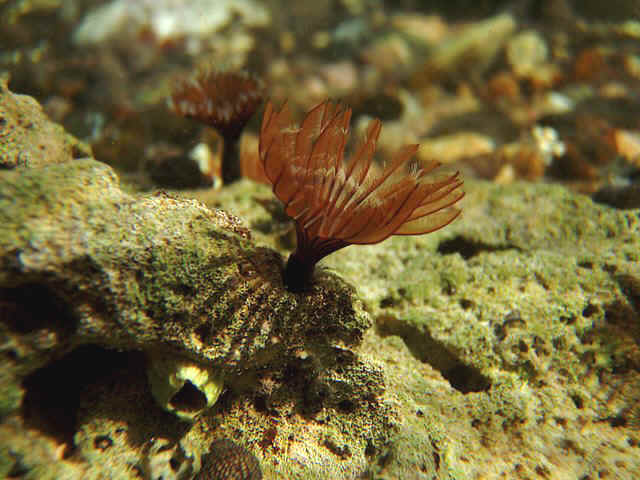 Some
Some
MARINE LIFE
of
Belize,
Honduras,
and
eastern Mexico
including
the Yucatan Peninsula
and Cozumel Island
a list
with Sea Turtles, Fish,
Corals, Jellyfish, Mollusks,
and Arthropods
not with Whales, Dolphins, 
and the Manatee
including creatures of the coral reef
& some subterranean creatures
in water in caves of the Yucatan
A list compiled by Armas Hill
Noting those seen during Focus On Nature Tours
and pelagic trips
with an (*)
PHOTOS AT UPPER RIGHT: Top: a SEA FAN on
CORAL, Bottom: QUEEN CONCH
Codes:
BZ:
Belize
CZ: Cozumel Island (where the Caribbean Sea & the Gulf of Mexico meet)
HN: Honduras
MX: Mexico,
along the Gulf of Mexico and Caribbean coasts
YP: in the area of the Yucatan Peninsula,
including coastal & offshore Caribbean & Gulf of Mexico waters
(p):
seen pelagically
Classifications as designated by the IUCN (International Union for the
Conservation of Nature) relating to threatened species:
(t1): critically endangered
(t2): endangered
(t3): vulnerable
(nt): near-threatened
(ph): species with a photo in the FONT website
Relating to Illustrations in Books:
(ASC:xxx) refers to plate numbers
in the "National Audubon Society Field Guide to Seashore Creatures"
(ATMF:xxx) refers to plate number of photo in
the "National Audubon Society Field Guide to Tropical Marine
Fishes"
(FGCF:xxx) refers to page with an illustration in the book
"A Field Guide to Coastal Fishes from Maine to Texas" by Val Kells
& Kent Carpenter
Links, in the following list, to:
Sea
Turtles Fish
Corals Jellyfish & Portuguese Man-of-war
MOLLUSKS (Shells): GASTROPODS: Conchs Tulip Shells Helmet Shells
Whelks and Crown Conchs Volute Cone Shells Sea Hares
BIVALVES: Purse Shells (incl. Tree Oysters) Pen Shells Clams (incl. Cockles) Bean Clam
CEPHALOPODS:
Squids
Octopuses
Arthropods: Horseshoe Crab
CRUSTACEANS Barnacles
Shrimps
Crabs
Echinoderms:
Sea Stars, Brittle Stars, Sea Urchins
Some
information is in this list about regional seafood specialties in the Yucatan
& Belize,
shared with us by Chef David Sterling. For more info, click this
link:
http://www.los-dos.com
An excellent new book has been published, in 2014, by David Sterling, entitled
"Yucatan, Recipes from a Culinary Expedition".
In this list, some references are made to award-winning book.
Other Links:
Upcoming
FONT Birding & Nature Tours in Central America (including Mexico)
A
Listing of scheduled Focus On Nature Tours FONT Past Tour Highlights
Mammals,
including Marine Mammals, in: Central
America Mexico
Directory of Photos in this
Website
![]()
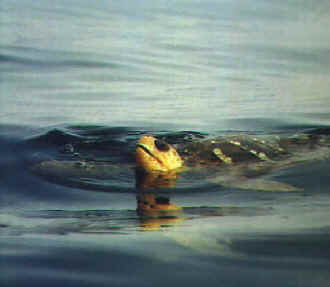
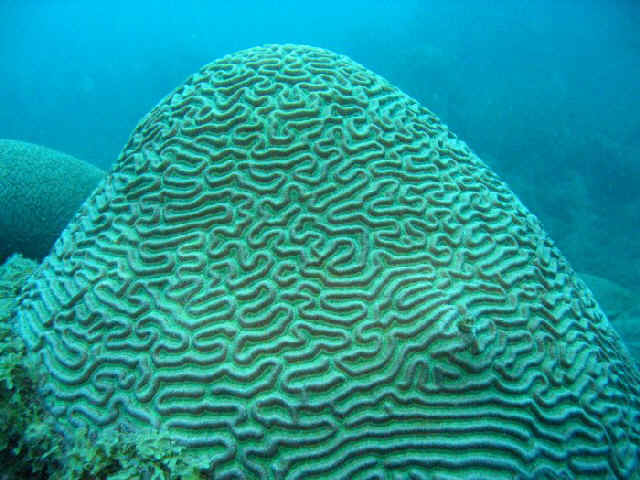
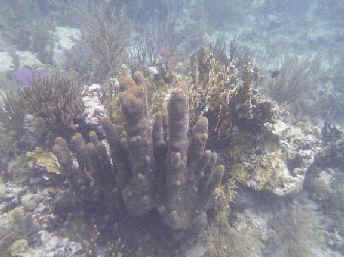
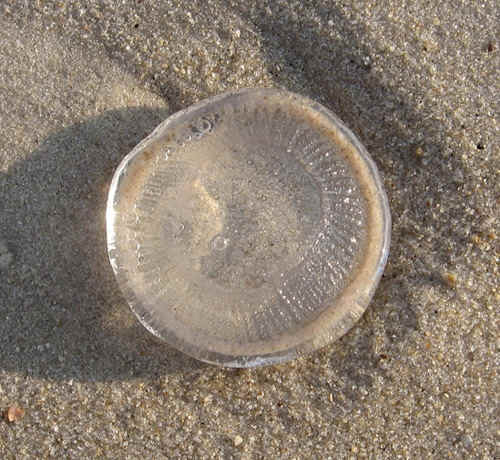

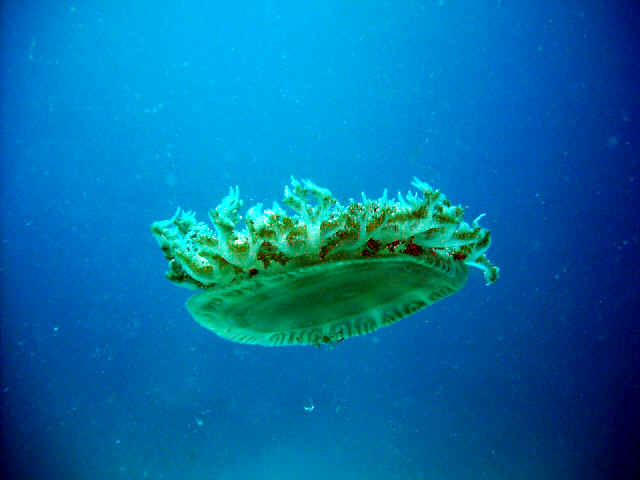

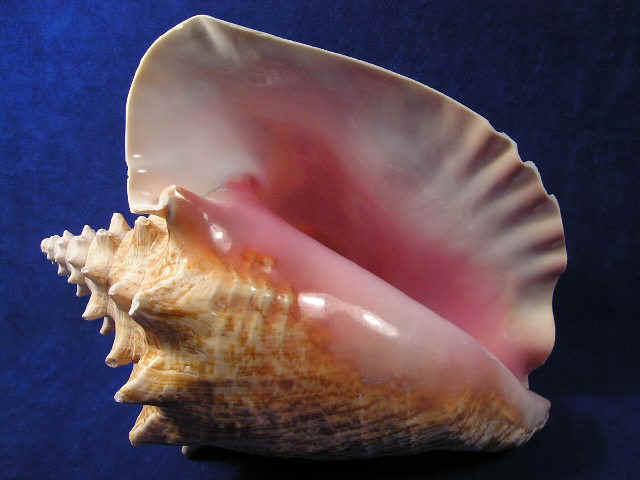
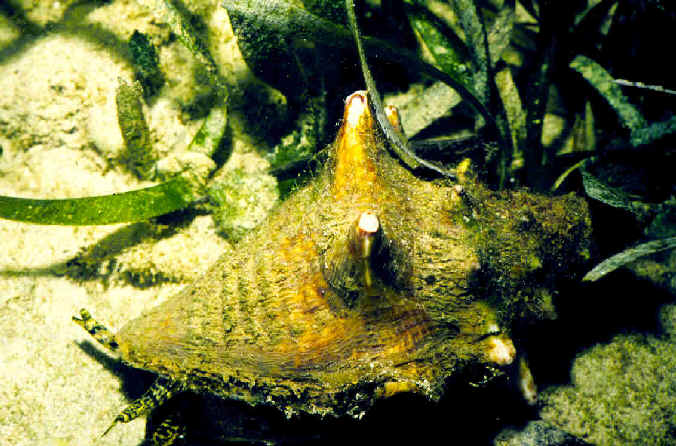
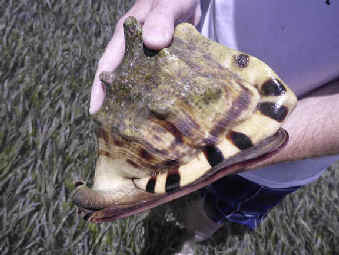
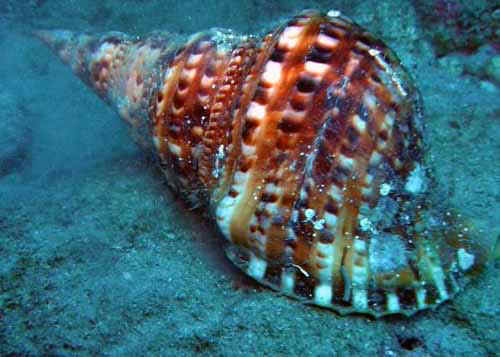
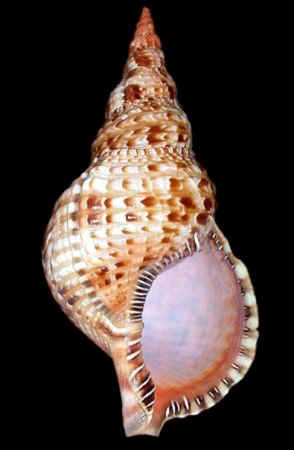
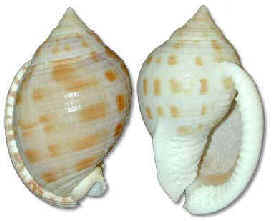
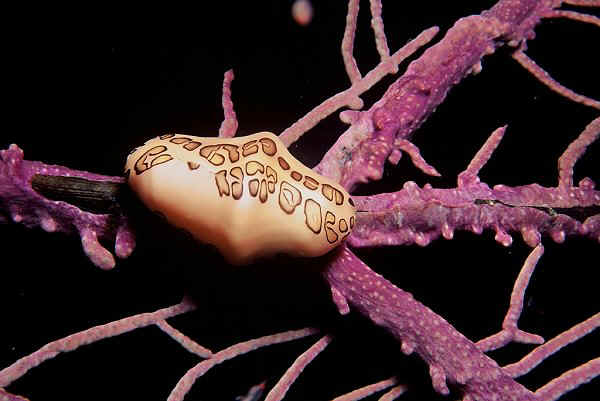
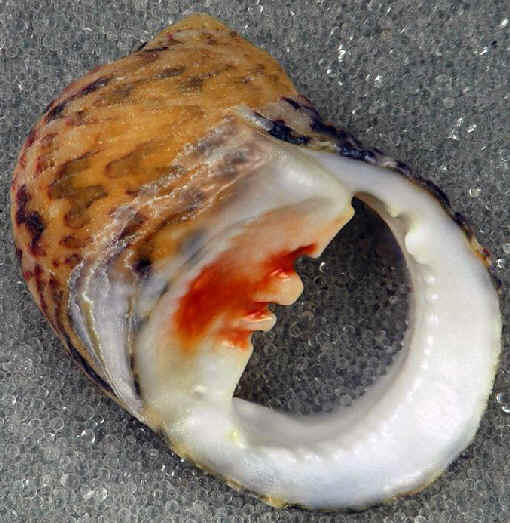
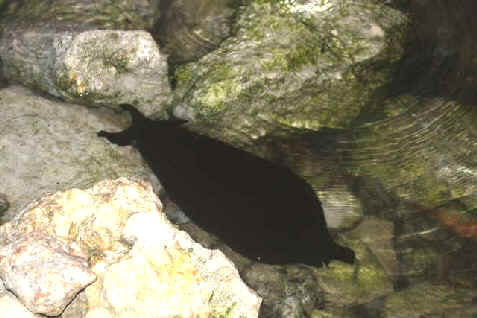
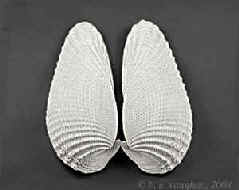
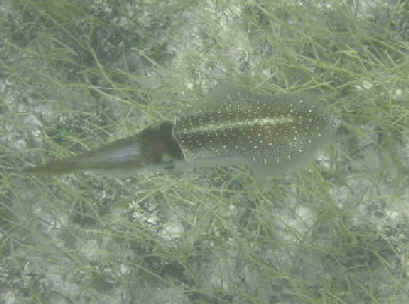
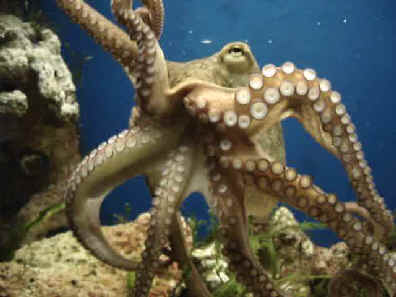
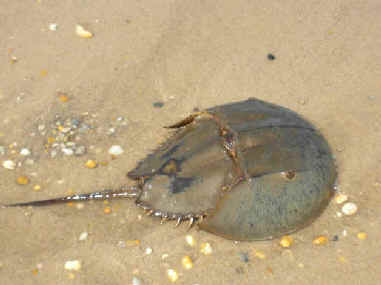
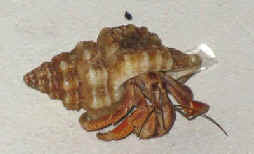
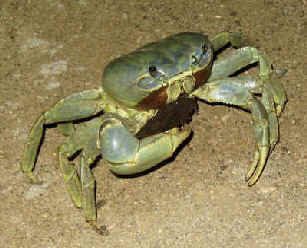
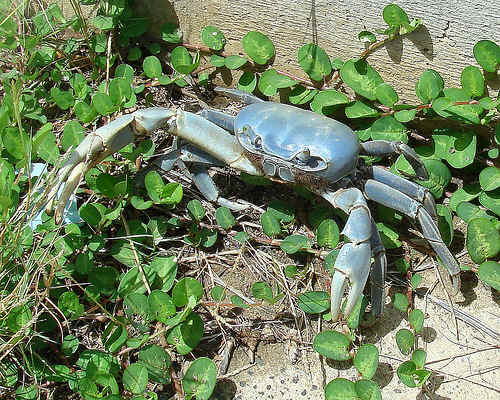
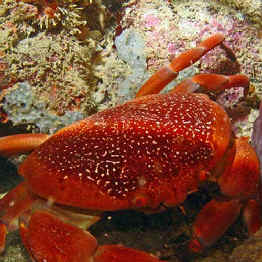
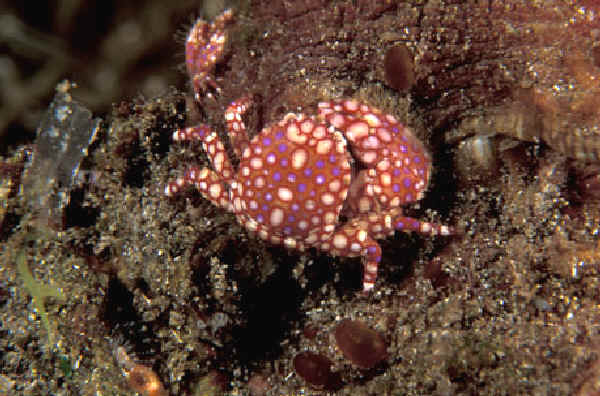
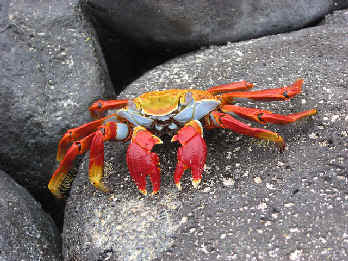

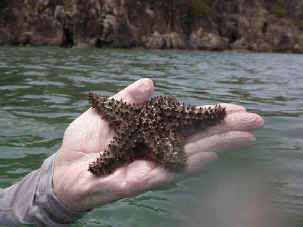
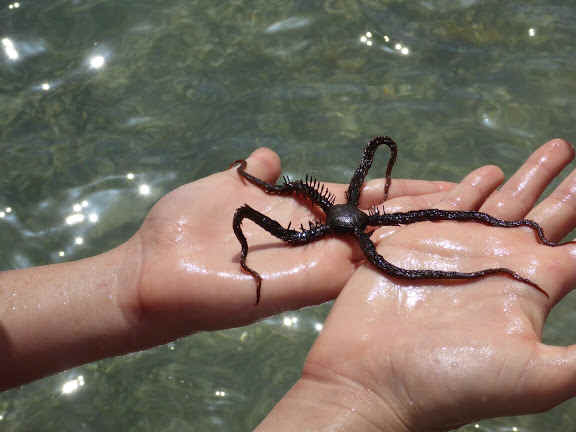

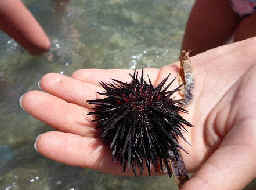
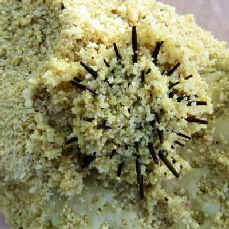
References include:
"Sea Life - A Complete Guide to the Marine Environment", edited by
Geoffrey Waller, with principal contributors Marc Dando & Michael Burchett,
1996.
"Fishes of the Atlantic Coast: Canada to Brazil, including the Gulf of
Mexico, Florida, Bermuda, the Bahamas, and the Caribbean", by Gar Goodson,
1976.